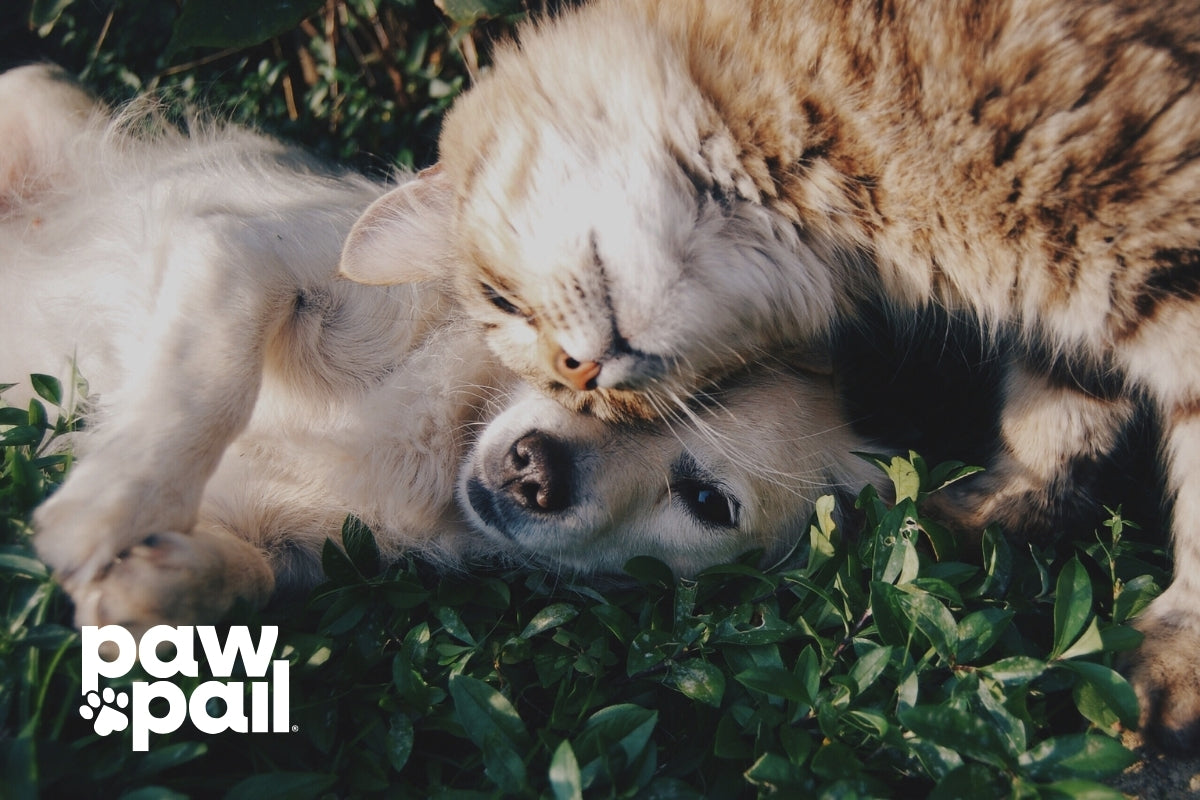As a dog owner, you're likely familiar with the routine inspection of your dog's stool. The color, consistency, and content of a dog's poop can offer valuable insights into its overall health. While a healthy, chocolate-brown stool is the norm, discovering gray or pale-colored poop can be a cause for concern. This change in color is often a sign that your dog is having difficulty with a fundamental aspect of digestion: the breakdown of fats.
The root causes of greasy or gray dog poop can range from simple dietary issues to more serious health problems. Understanding these potential causes is the first step toward determining whether a change in stool color is a fleeting issue or a signal that it's time to consult your veterinarian.
The Digestive Process and Why Poop Turns Gray
To understand why poop might be gray, it helps to know how the digestive system processes fats. When a dog eats, food travels through the stomach and into the small intestine. Here, a small but vital organ called the pancreas releases digestive enzymes that are essential for breaking down fats, proteins, and carbohydrates.
Another key player is bile, a digestive fluid produced by the liver and stored in the gallbladder. Bile is not only crucial for fat digestion, but it's also what gives healthy stool its characteristic brown color. When everything is working correctly, the stool is a normal shade of brown. But when something goes wrong with this process, the color and texture of the stool can change dramatically.
Common Causes of Gray Dog Poop
A High-Fat Diet
The most common and least concerning reason for a gray or greasy stool is a diet that is too high in fat. If your dog has recently gotten into the trash, sampled some human food rich in fat—like bacon, gravy, or fatty table scraps—or switched to a new, richer dog food, their digestive system might be struggling to process the sudden influx of lipids. The result can be a one-time instance of gray, greasy, or oily-looking poop. This is often a temporary issue that resolves on its own once the high-fat food is out of their system.
Pancreatic Issues
The pancreas is a tiny but mighty organ, and when it's not working correctly, the effects can be far-reaching. Gray poop is a classic symptom of pancreatic dysfunction.
Often called maldigestion, Exocrine Pancreatic Insufficiency (EPI) is a condition where the pancreas doesn't produce enough of the enzymes needed to digest fats, proteins, and carbohydrates. The undigested food passes through the system, leading to voluminous, greasy, gray stools. Dogs with EPI often have a ravenous appetite but appear underweight because they aren't absorbing the nutrients from their food. This condition is often genetic and can be managed effectively with a simple enzyme supplement mixed into their food.
An inflamed pancreas can also disrupt normal digestion, leading to symptoms like gray stools, vomiting, and severe abdominal pain. Pancreatitis is a serious condition that requires immediate veterinary attention.
Bile Duct or Gallbladder Problems
If there's a blockage in the bile duct or if the gallbladder is not functioning properly, bile cannot enter the digestive tract. Without bile, not only is fat digestion compromised, but the stool also loses its brown color. A complete blockage can lead to pale gray or even white-colored poop, and may be accompanied by jaundice (a yellowing of the skin and eyes). These are serious symptoms that require an immediate visit to the vet.
When to Worry and See a Veterinarian
A single occurrence of gray poop after a dietary indiscretion might not be a reason to panic. However, it's crucial to be vigilant and know the signs that indicate a more serious underlying issue.
You should contact your veterinarian immediately if you observe persistent or recurring gray poop. That means if the problem doesn't resolve within a day or two, or if it keeps happening, it's a strong indicator that something is wrong. Poop that looks greasy, oily, or like it's covered in a shimmering film is a classic sign of fat malabsorption and requires a vet visit.
The presence of other signs is a major red flag. These can include chronic diarrhea or loose stools, unexplained weight loss despite a normal or even increased appetite, vomiting, abdominal pain or a hunched posture, lethargy, weakness, or a general lack of energy, and jaundice (yellowing of the skin, gums, or whites of the eyes).
Your veterinarian will be able to perform a comprehensive physical exam and may recommend diagnostic tests like blood work, fecal analysis, or an ultrasound to pinpoint the exact cause. Early diagnosis and treatment are essential for managing these conditions effectively and ensuring your dog's long-term health and well-being.
Prioritizing Your Dog's Health and Your Home’s Cleanliness
Monitoring your dog's stool is a crucial part of responsible pet ownership. While a one-time instance of gray dog poop might not be alarming, persistent or accompanied by other symptoms, it’s a clear signal to seek veterinary advice. A healthy dog equals a happy dog, and that starts with paying attention to these small but significant details.
When it's time to clean up, a product like the Paw Pail can make the task easier and more hygienic, allowing you to quickly and cleanly handle the waste while keeping an eye on your dog's health.



